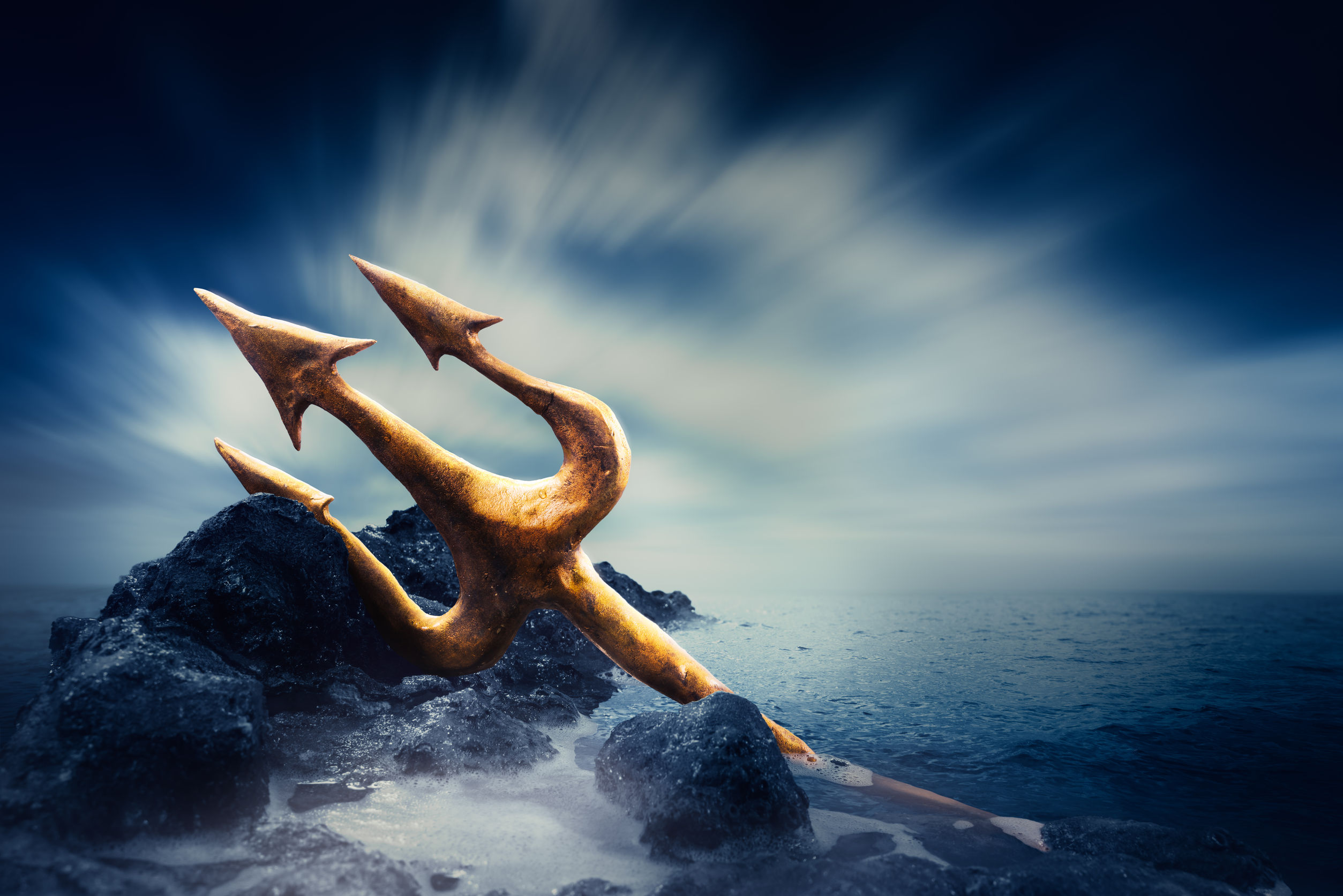

Statue of Neptune, the Roman version of Poseidon. The evidence pointed to the Archaic period (circa 800 to 480 BC) in Greek history. Beyond that, dating the so-called temple of Poseidon was made easier by the presence of a laconic roof’s fragments and a marble perirrhanterion, a water basin specifically used for rituals. This helped confirm the veracity of the claim that this was indeed a temple.Īdditionally, one of the inner rooms is a cella, filled with a dense layer of tiles, reports Artnet News. Based on these discoveries, the research team calculated a building of almost 28 meters (91.8 ft) in length, with 2 interior rooms, along with a pronaos (a vestibule at the front of a classical temple), and an opisthodome (inner shrine or rear room of ancient Greek temple). They have been dated to the 6th century BC. Large sections of the building’s foundation were unearthed measuring 9.4 meters (30.8 ft) wide, and heavy stone walls a whopping 0.8 meters (2.6 ft) thick. Remains uncovered in Elis of what they believe was once the sanctuary of Poseidon.
#Poseidon trident full
“About the temple is a sacred precinct full of wild olive trees. “Then comes the mountain of Triphylia that sees Macistia from Pisatis then another river called Chalcis, and a spring called Cruni, and a settlement called Chalcis, and, after these, Samicum, where is the most highly revered temple of the Samian Poseidon,” described Strabo eloquently within Geographica. This ancient city flourished during the middle and late Helladic periods (circa 3200 to 1050 BC), half-way located between the mouths of the Alpheius and Neda rivers, according to Greek Reporter. The ruins have specifically been discovered in Elis, where the discovery of the sanctuary dedicated to Poseidon was made at the ancient acropolis of Samikon, also known as Samicum. ( Greek Ministry of Culture and Sports ) Have They Really Discovered the Ruined Sanctuary of Poseidon at Elis? Marble perirrhanterion found at what experts believe was once the sanctuary of Poseidon at Samikon (Elis) in Greece. The research has been funded by the Gerda Henkel Foundation. The goal of the project was survey the topography of the area, with geoarchaeological and geophysical investigations conducted by the AAI, the EAE, and the other aforementioned collaborators in 2017, 2018, and 2021. The first phase of the five-year research program at Kleidi Hill in Samikon, which will run from 2022 to 2026, revealed what archaeologists believe to have once been the sanctuary of Poseidon, the ancient Greek sea god. Recent Dig Unearths Eight Tombs at Ancient Elis Necropolis.Poseidon: Greek God of the Sea Who Created the Minotaur.This archaeological project was a collaboration with the Ephorate of Antiquities of Elis (EAE), Greece, with the assistance of researchers from the universities of Mainz and Kiel in Germany. “Based on the information conveyed by Strabo in the 8th book of his Geographika, the regionally important cult center of the amphictyony of the cities of Triphylia was located here,” explained a statement by the Athenian branch of the Austrian Archaeological Institute (AAI).

Strabo, seen here in a 16th century engraving, made reference to a sanctuary of Poseidon in his encyclopedic work Geographica. If this is true, their finding would corroborate claims made by Strabo, the ancient Greek author, in his encyclopedic work entitled Geographica completed about 20 AD. With a rich history that intersects with mythological figures from the legendary Greek pantheon, an international team of archaeologists believes it has discovered the Temple of Samian Poseidon at the acropolis of the ancient city of Samikon in Greece.


 0 kommentar(er)
0 kommentar(er)
